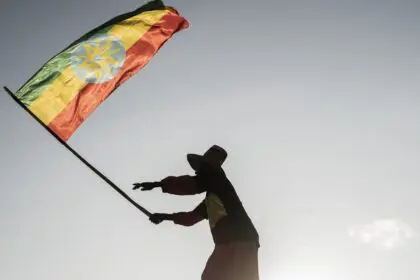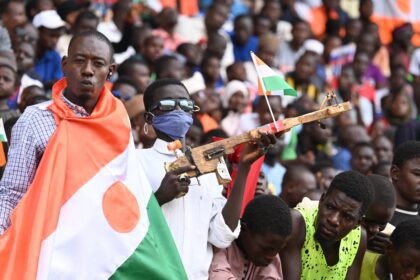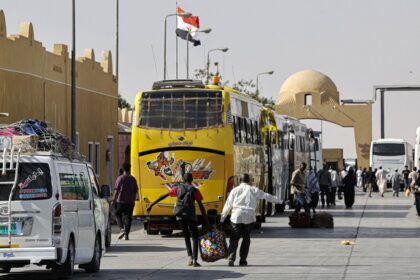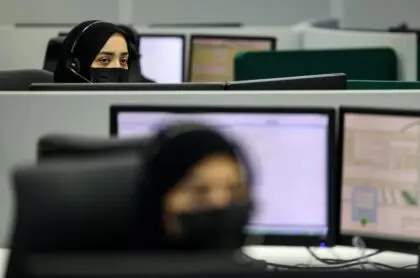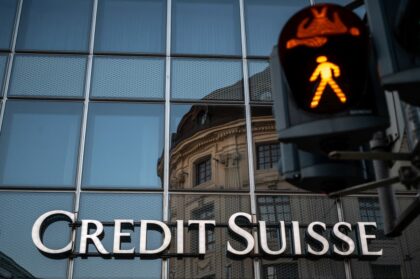
Introduction
Sudan (the official name is the Republic of Sudan) is located in the northeast of Africa.
The name of Sudan derives from the Arabic phrase “bilad as-Sudan” or the land of the black people. The country is bounded on the north by Egypt; on the east by the Red Sea, Eritrea, and Ethiopia; on the south by South Sudan; on the west by the Central African Republic and Chad; and on the northwest by Libya. Sudan has an area of 1,861,484 square km.
Khartoum is the executive capital of Sudan. It is located roughly in the center of the country, at the junction of the Blue Nile and White Nile rivers. It is part of the largest urban area in Sudan, and a center of commerce as well as government.
Khartoum has grown into a garrison city. The Mahdists besieged and destroyed it in 1885 and killed Major General Charles George Gordon, then the British governor-general of Sudan.
Reoccupied by the British in 1898, Khartoum was rebuilt by Governor-General Lord Kitchener and served as the seat of the Anglo-Egyptian Government in Sudan until 1956, when the city became the capital of the independent Republic of Sudan.

Since ancient times, the Sudan region has been an arena for interaction between the cultural traditions of Africa and those of the Mediterranean world.
Islam and the Arabic language prevailed in many northern parts of the region, while older African languages and cultures were predominant in the south.
The country became independent in 1956 and has had numerous changes in governance since then.
Successive regimes found it difficult to win general acceptance from diverse political constituencies. An early conflict arose between northern leaders who hoped to impose unity upon the nation through Islamic law and Arabic culture and those who opposed the policy.
However, the majority of southerners and some of the northerners favored a secular governance system. From 1955 to 1972, a costly and divisive civil war broke out and prevailed, and it resumed in 1983.
By that time, the new gap caused by the lack of economic development in the south became a new source of regional grievance. The conflict also encouraged the northern leaders’ to continue their attempts to Islamize the Sudanese legal system.
After several attempts to end the civil war and achieve a ceasefire, the Comprehensive Peace Agreement was achieved in 2005. Under the agreement, the Southern part of Sudan was granted a semiautonomous status. In addition, the agreement stipulated that a referendum on independence for South Sudan should be held in six years.
The results of the vote, held in January 2011, were overwhelmingly in favor of independence, and South Sudan was declared an independent country on 9 July 2011.
The population of Sudan is estimated at 44.91 million in 2021. The Sudanese Arabs make up about 70 percent of the total population, while the rest of the population belongs to the Fur, Beja, Nuba, and Fallata tribes.
Islam is the official state religion in Sudan, and the society follows the Sunni doctrine, although there is a small Christian minority. Arabic is the official language of the country, besides English and other languages such as the Nubian and the Furian.
The local currency is the Sudanese pound. Sudan’s natural resources include petroleum, small reserves of iron ore, copper, chrome ore, zinc, tungsten, mica, silver, gold and hydropower.
In military terms, Sudan ranked 75th out of 145 countries listed in the Global Firepower Index 2023.
Sudan’s media continued to rank as among the most repressive in the world Reporters Without Borders’ 2022 World Press Freedom Index puts Sudan at No. 151 out of 180 countries.
The Sudanese Constitution of 2005 guarantees freedom of the press. Article 39 states that “The State shall guarantee freedom of the press and other media outlets as regulated by law in a democratic society.”
But the article also stipulates that “All media shall abide by professional ethics, shall refrain from inciting religious, ethnic, racial or cultural hatred and shall not agitate for violence or war.”
The 2009 Press and Publications Act also contains a vague reference to religious or ethnic incitement.
Among the prominent faces in Sudan are Muhammad Hamdan Dagalo, nicknamed Hemedti, the controversial commander of the Rapid Support Forces, Ibrahim el-Salahi, an icon of modern Arab-African art, and novelist Leila Aboulela.
Sudan is the birthplace of many ancient civilizations, each of which is characteristic of its own sports. However, in modern times football is the most popular sports, in addition to athletics. Other sports that are increasingly popular include basketball, handball, and volleyball.
Sudan is one of the founders of the African football sport in 1956, along with Ethiopia, Egypt, and South Africa. It hosted and won the African Cup of Nations in 1970. The most famous sports teams are Al-Hilal and Al-Marrikh.
In northern Sudan, northerly winds prevail for most of the year, and rainfall is rare.
The seasons are characterized by the north-south oscillation of the boundary between moist southerly air and dry northerly air. In winter, the northerly winds of the tropical air mass blow across Sudan. These winds are relatively cool and dry and usually bring no rain.
Sudan is mainly composed of vast plains and plateaus that are drained by the Nile River and its tributaries. The river runs from south to north across the entire length of the east-central part of the country.
The immense plain of which Sudan is composed is bounded from the west by the Nile-Congo watershed and the highlands of Darfur, and from the east by the Ethiopian Plateau and the Red Sea Hills (ʿAtbāy). This plain can be divided into three areas: a northern area of rock desert that is part of the Sahara; the western Qawz, an area of undulating sand dunes that merges northward into the rock desert; and a central-southern clay plain. Most of northern Sudan, however, is a sand-or gravel-covered desert.
The most prominent tourist attractions in Sudan are the pyramids and ruins of Nuba, where 220 pyramids are located 500 km away from Khartoum. This is in addition to Ketchener’s Gate in Suakin, an ancient historical city located on the eastern side of Sudan.
Sudan uses the right-hand-traffic rule of the road as in the rest of the Middle East and North African countries.
The Standard Time in Sudan is (GMT+2), and the international calling code is +249.






